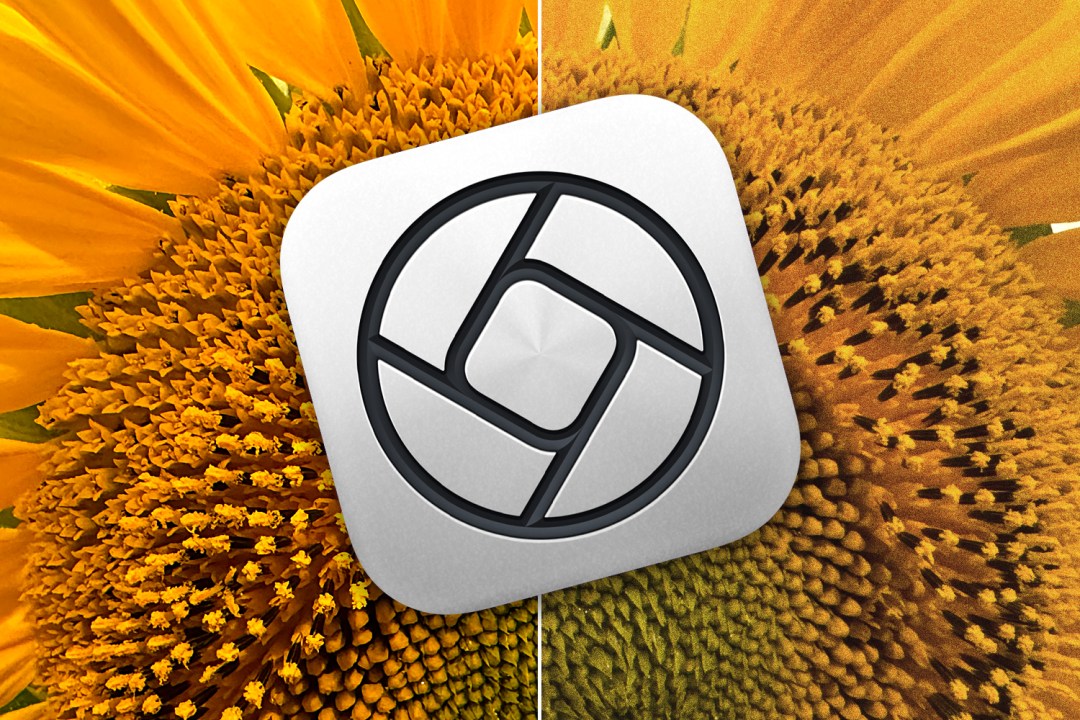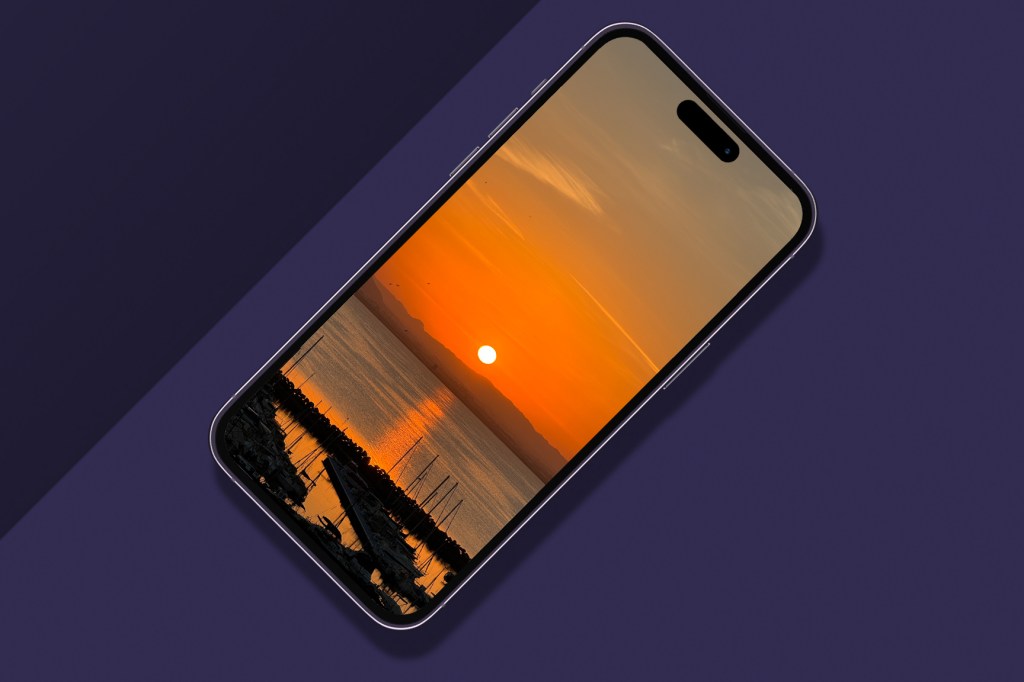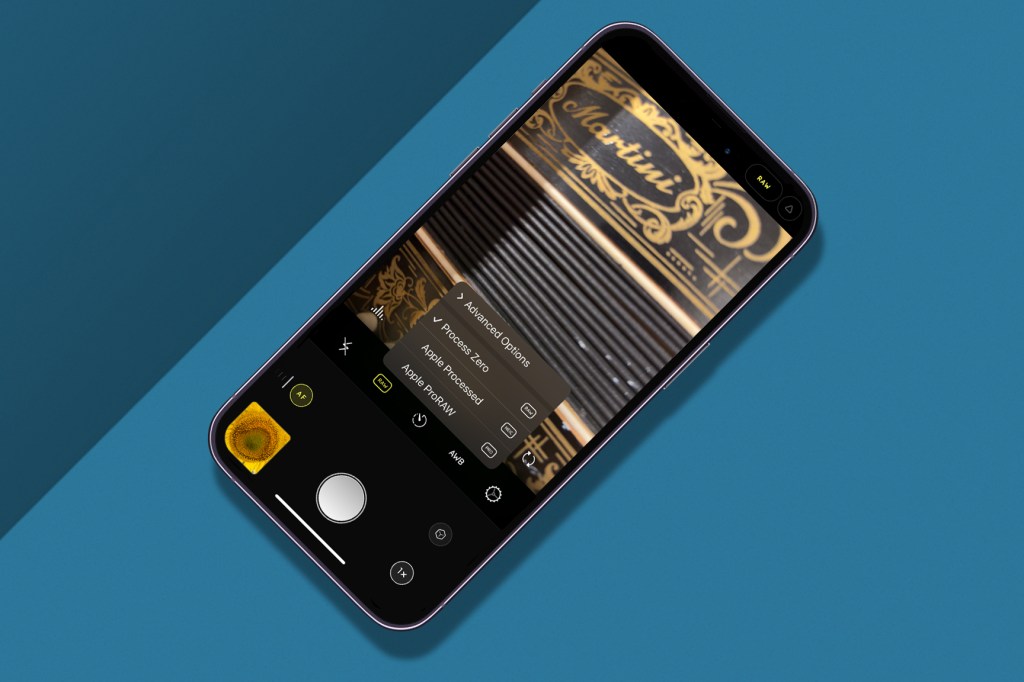Why I’m excited about an anti-AI iPhone camera app that does less, not more
Halide’s Process Zero might seem like a regression but it’s all about giving choice to smartphone photographers

What is a photo? If your answer is “something you shoot with a camera, you massive idiot”, thanks for playing. But also: are you sure? Because give it a few years and I’m not convinced modern smartphone snaps will be photos in any meaningful sense. They’ll be some kind of monstrous concoction that resembles a photo yet rewrites reality with all the subtlety of a Hollywood producer ‘adapting’ a much-loved classic upon realising they don’t like the lead’s face. Or their locale. Or the entire premise and story that they’re adapting.
Modern smartphones already take a lot of liberties with what they see anyway, trying to outdo each other by turning the Uncanny Valley dial up to 11. Colours are saturated in a manner that would even have given my much younger self pause, while twiddling dials on a portable telly to transform the C64’s notoriously dull palette into something vaguely vibrant. And everything now has to be so sharp. You’re lucky to not lop off your eyelashes as you scroll through your photos app. But all of that was just the beginning. It’s set to get much worse. Which is why I’m excited about Halide’s Process Zero – but we’ll get to that shortly.
Face swap

First, how did we get to where we are in smartphone photography and the ongoing encroachment of AI ‘enhancements’? And what’s the problem anyway? It’s pretty clear at some point we abandoned arguments tech pipelines are all about style – the modern incarnation of ‘different film’. And we’re fast leaving behind any notion of ‘honest’ captures, of freezing moments in time. Instead, the industry belts along, having moved on from ‘let’s sharpen everything up’ and ‘let’s remove that background object that ideally shouldn’t be there’ to ‘let’s create a total fiction’. Images are stitched together. Scenes are swapped. And users lap it up, in an ongoing quest to concoct a reality inside of a phone that beats the one before their very eyes.
I totally get it. When angry clouds ruined your special day, why not swap out the sky? And when you’re done with that, why not… add in a moon? Or change people’s faces, if someone’s looking sullen or has particularly alarming eyebrows? And that daft hat you hate – the one your other half always wears? Gone! The very location in which the photo was taken? Bit dull, so get rid of that too! An AI will be along shortly with something that somewhat looks reasonably like it might possibly have existed. And… is this still a photo? Are we all just making collages now? Who cares? Does it even matter?
Zero hour

Your answer to that last question will determine what you think about Process Zero – and whether you clamour for it to become a movement of its own. For now, it’s a mode nestled within iPhone camera app Halide. Its aim: to turn a smartphone into a classic camera. Not in the Hipstamatic ‘make this photo look like 1973’ sense. But in a ‘dispense with fancy modern pipeline gubbins and any semblance of AI’ sense. So you point. You shoot. Halide bypasses Apple’s image processor, and gives you a single unprocessed 12-megapixel shot. The results are natural and film-like. They have noise and warmth. They feel… real.
Maybe this is nostalgia talking, but I like that naturalness. I’m all for clarity, but not overly processed output that feels sterile and polished, where certain fine details are atomised and smoothed out at the behest of an unavoidable pipeline. And, again, that’s before you start even considering the AI ‘helpers’ gradually worming their way into every smartphone shot.
Yet this isn’t a regression. Halide still leverages the quality hardware packed into a modern phone. It’s Process Zero, not Process Party Like It’s 2007. What it’s doing, then, is giving us a much-needed choice – one that lets you bring back a little of photography’s past, before the entire medium is consumed by its present.
For more on Process Zero, including comparison snaps, read the Halide ‘Lux’ blog.



